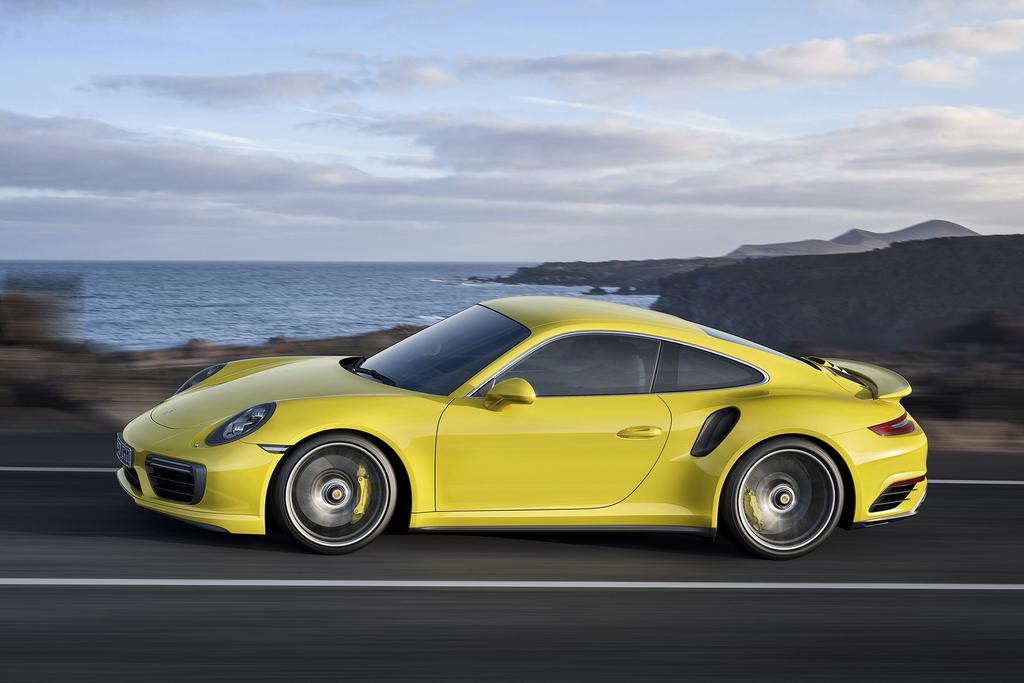
CARS.COM
Competes with: Chevrolet Corvette Z06, Mercedes-Benz AMG GT-S, Nissan GT-R
Looks like: The outgoing 911 Turbo with a few slices taken away by a scalpel
Drivetrains: A 540-horsepower, twin-turbocharged 3.8-liter six-cylinder (Turbo), and a 580-hp, twin-turbocharged 3.8-liter six-cylinder (Turbo S); seven-speed dual-clutch automatic transmission; all-wheel drive
Hits dealers: April 2016
Not to be outshone by the newly turbocharged "entry-level" 2017 Porsche 911 Carrera, the Porsche 911 Turbo welcomes more horsepower and features for 2017. The Turbo's twin-turbocharged 3.8-liter six-cylinder gets a 20-horsepower bump from last year to 540 hp, while the more-powerful Turbo S also gains 20 hp for a grand total of 580 hp.
Related: More 2016 Detroit Auto Show News
Exterior
Minor exterior tweaks here and there continue a design influenced by the 2017 911 Carrera. Front and rear openings differ slightly, and the rear deck lid grille is modified. Turbo models gain an inch in wheel width to equal that of the S, and new door handles without recesses give a sleeker look. LED headlights and carbon fiber exterior trim are standard.
Interior
Porsche's Sport Chrono Package is now standard on all 911 Turbo models with a 918 Spyder-inspired steering wheel featuring a mode switch for the four drivetrain modes: Normal, Sport, Sport Plus and Individual. We like this trend of getting the sport buttons closer to the steering wheel, like BMW's programmable steering-wheel-mounted M buttons. Other standard features include front and rear park assist, a backup camera and navigation. New options include a lane change assist system and lift system for the front axle, which increases ground clearance by 1.5 inches (at the front lip) for clearing steep driveways and curbs.
Under the Hood
Porsche uncorked the 911 Turbo by modifying cylinder head intake ports and tweaking the fuel system with new injectors and greater fuel pressure. The Turbo S is further squeezed for power with a larger turbocharger impeller, plus the engine's redline increases 200 rpm to 7,200 rpm. Zero-to-60 mph times drop 1/10th of a second for both Turbo variants, down to 2.9 seconds for the Turbo and an even quicker 2.8 seconds for the Turbo S.
Even with the increased power, Porsche expects fuel economy for the 911 Turbo to improve thanks to revised engine and transmission management. EPA fuel economy ratings will be available a later date, though the 911 is already a fuel miser among its ultra-high-performance competition with a combined 20 mpg (17/24 mpg city/highway). A Corvette Z06 is rated at 13/23/16 mpg city/highway/combined, the Nissan GT-R is 16/22/19 mpg and the AMG GT-S is 16/22/18 mpg.
Porsche says tweaking engine programming with a new dynamic boost function will improve throttle response by maintaining boost pressure when the throttle is briefly released, providing quicker response once the accelerator is reapplied. Sport and Sport Plus modes see the most aggressive use of the dynamic boost function.
Pricing starts at $160,250 for a Turbo coupe, $172,550 for a Turbo cabriolet, $189,150 for a Turbo S coupe and $201,450 for a Turbo S cabriolet (all prices include destination). The 2017 Porsche 911 Turbo and Turbo S go on sale in April 2016.
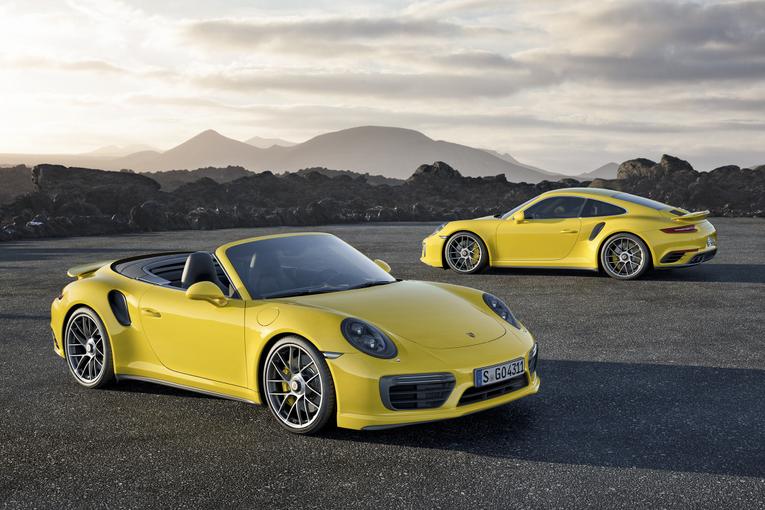

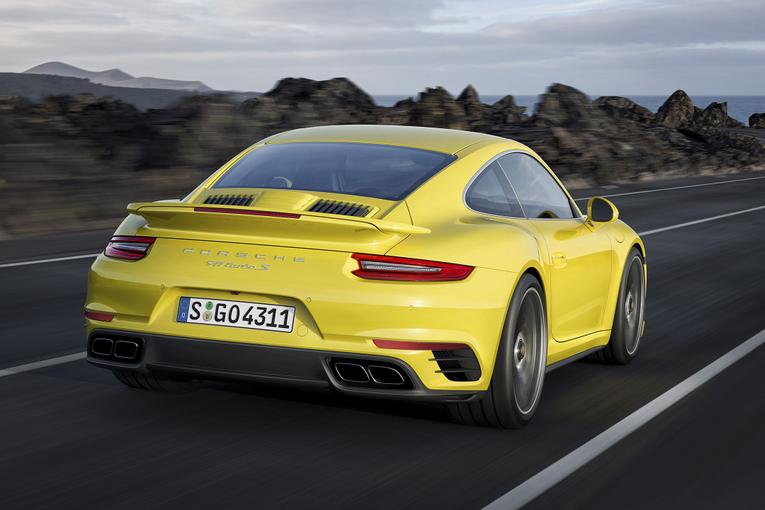
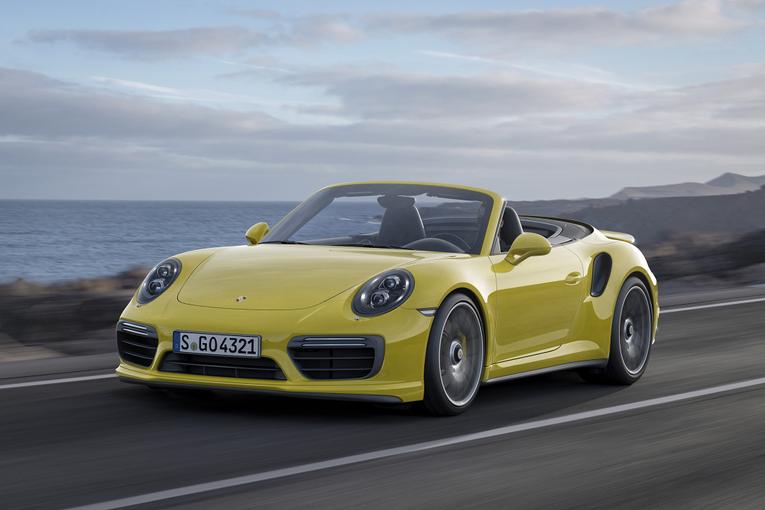
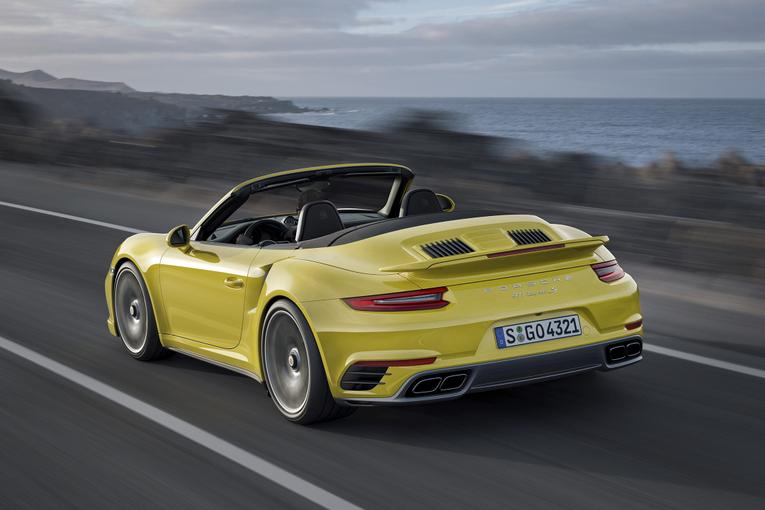
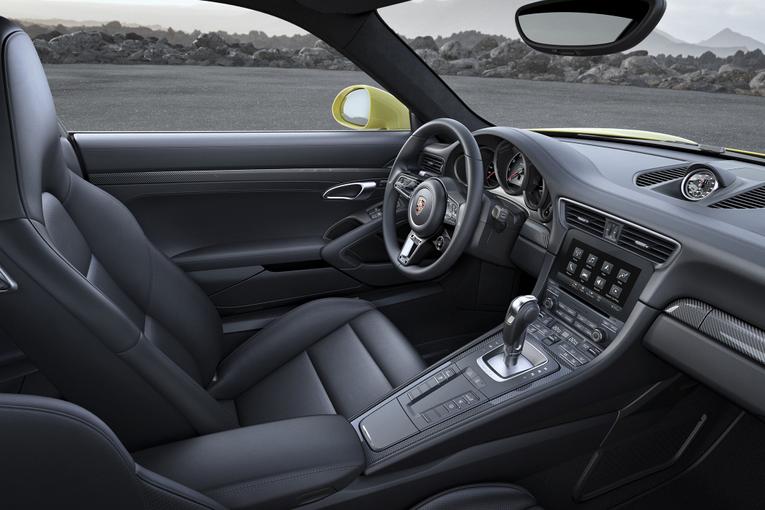
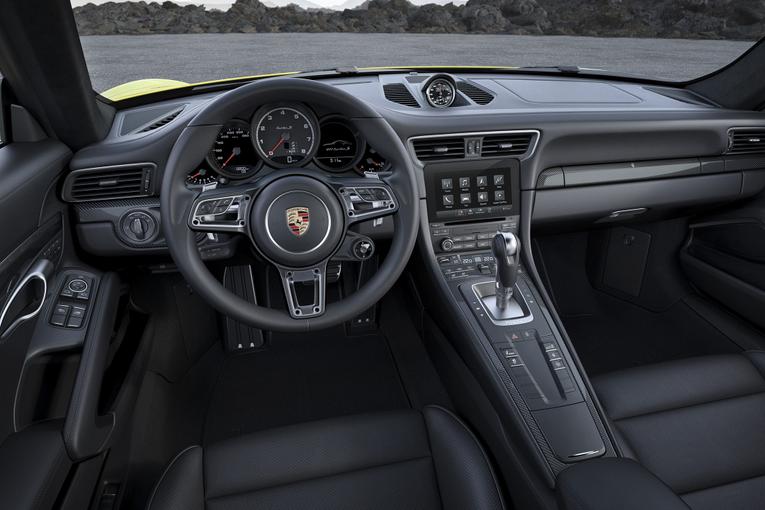
No comments:
Post a Comment